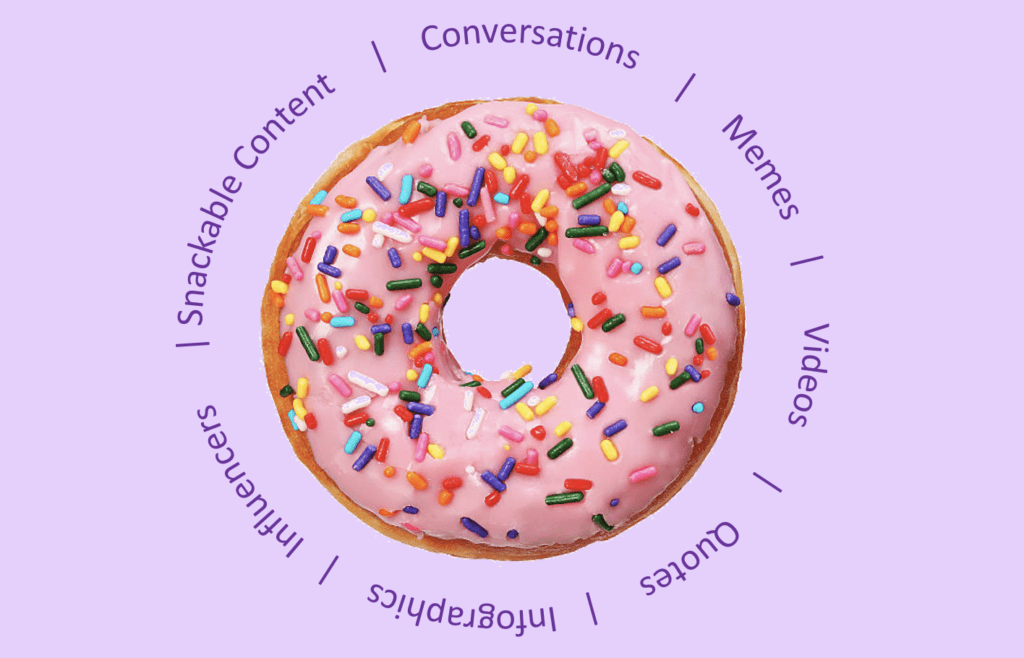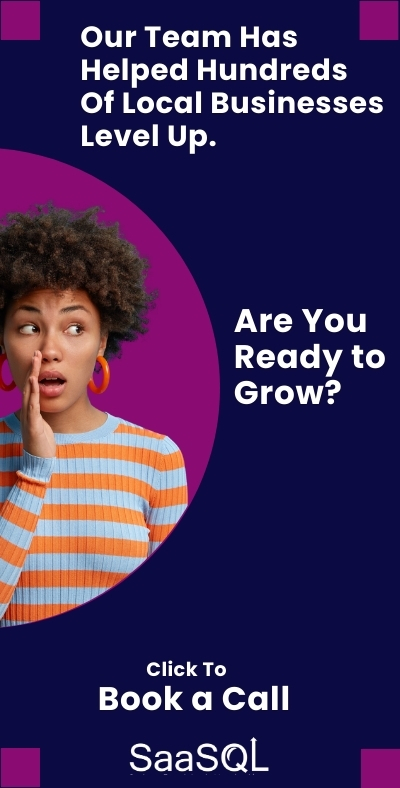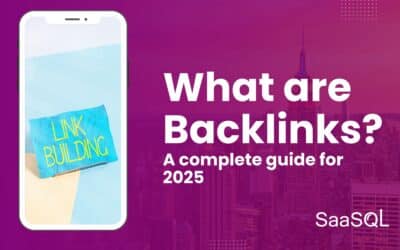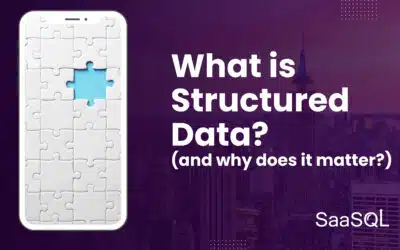The question is, how will the changes of Project Magi influence the way marketers utilize Search, engage with consumers and influence positive marketing outcomes.
As more information continues to rollout regarding Project Magi, it has become clear that the project is about more than just revamping its search functionality. It’s really an acknowledgement that consumers (especially young ones) are engaging with content in significantly different ways than 10 years ago. Recognizing the importance of continuing to evolve beyond its website list format, it plans to incorporate AI conversations, more short video and social media posts.
While consumer behavior is changing across the board, these changes are clearly gauged toward young people globally as the rise of AI Chatbots and short-video apps like TikTok increasingly provide young users with a streamlined and more efficient way to get access to the kind of information previously delivered by search engines.
To shift attention back to Search, Google plans to integrate more human voices, supporting content creators in the same way it historically has done with websites. But it’s not just a matter of integrating more features. With Magi, Google also intends to make Search more visual, snackable, personal, and human, according to internal documents. As reported by the Wall Street Journal, at its annual I/O developer conference this week, the search giant is expected to debut new features that allow users to carry out conversations with an artificial-intelligence program.

Google’s internal reference documents outlining its strategy for making changes this year suggest that Google will begin responding conversationally when certain queries can’t be easily answered with traditional web results. As a result, visitors could be prompted to ask follow-up questions or swipe through visuals like TikTok videos to receive responses to their searches. The company has already integrated some online forum posts and short videos in search results, but it plans to emphasize such material even more in the future.
Ultimately, the question is how these changes will influence young consumers to interact with search. Clearly, Google wants people to spend more time on Google, engaging with content in new and different ways. Rather than simply using its platform as a gateway to other websites, these changes may finally provide Google with the one thing they’ve always lacked: real, consistent on-platform engagement.
On the other hand, these changes could also mean that users will become even more passive in their information consumption. By relying on AI chatbots to carry out conversations and curate content, users may be less likely to engage critically with the information they receive. Additionally, by emphasizing snackable, visually appealing content, Google could be reinforcing the idea that information should be easily digestible rather than deeply researched.
Either way, from a Marketing perspective, it’s undoubtable that we’re getting very close to a major shift in the way businesses position themselves through search, and how Marketers capture consumer attention.







